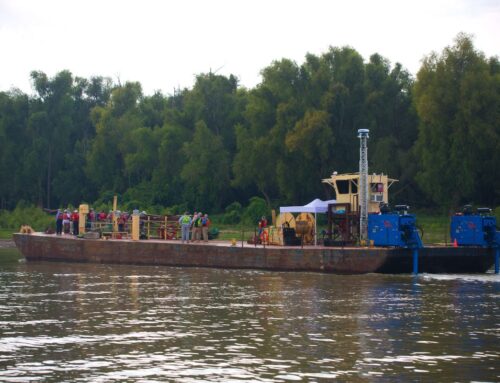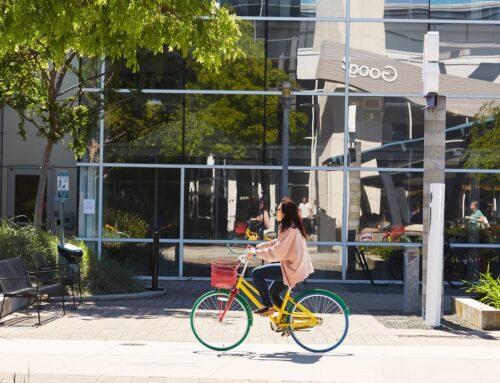Why Cover Crops Are a Win-Win-Win for Farmers, the Environment—and Us
May 1, 2025
Cover crops are a powerful tool for sustainable farming, providing valuable economic, agronomic, and environmental benefits that help growers maximize the potential of every acre.
At Summit, we’ve always believed business success goes hand in hand with being a good corporate citizen. For us, that means making decisions that are good for growers, good for the environment, and good for business. Cover crops check all three boxes—and that’s why enhancing cover crop seed is an important part of our strategy.
From an environmental and agronomic standpoint, the benefits of cover crops are well-known: they protect soil from erosion, improve water infiltration, and boost soil biology. From a business perspective, they also offer opportunities to innovate with seed enhancements that help growers get even more value from every acre.
A Better Way to Plant, and a Better Seed to Plant With
Cover crops can be established using a variety of methods. Recently, there’s been a growing trend toward aerial application, either by plane or drone, in addition to more traditional techniques like broadcasting or drilling. Some growers even seed cover crops into corn at the V6 stage, allowing the plants time to germinate and establish before the corn canopy closes. This kind of flexibility highlights the value of coated seed. We believe seed coating supports all planting methods by promoting uniform seed distribution and a more consistent stand.
We recently launched a new product called TerraUniform™, designed to give a blend of cover crop seed a more consistent size and density. That kind of uniformity makes it easier to apply by any method, and it also opens the door to embedding additional benefits—like micronutrient packages or enhancements to improve germination and early growth. For retailers, it means greater efficiency and better outcomes for customers. For growers, it means more biomass, more soil protection, and better ROI.
A long-term Investment in Sustainability
I had the chance to attend a sustainability summit last year with my colleague Joseph. Nearly half the presentations were about cover crops—and it’s easy to see why. They keep soil on the field, improve soil health, and even help sequester carbon in the offseason.
At Summit, we talk a lot about providing an economic, agronomic, and environmental advantage. Cover crops allow us to do all three. They’re not just good for the soil—they’re good for the future of agriculture. And we’re proud to be playing a part in helping growers get the most out of them.
Search
RECENT PRESS RELEASES
Related Post



